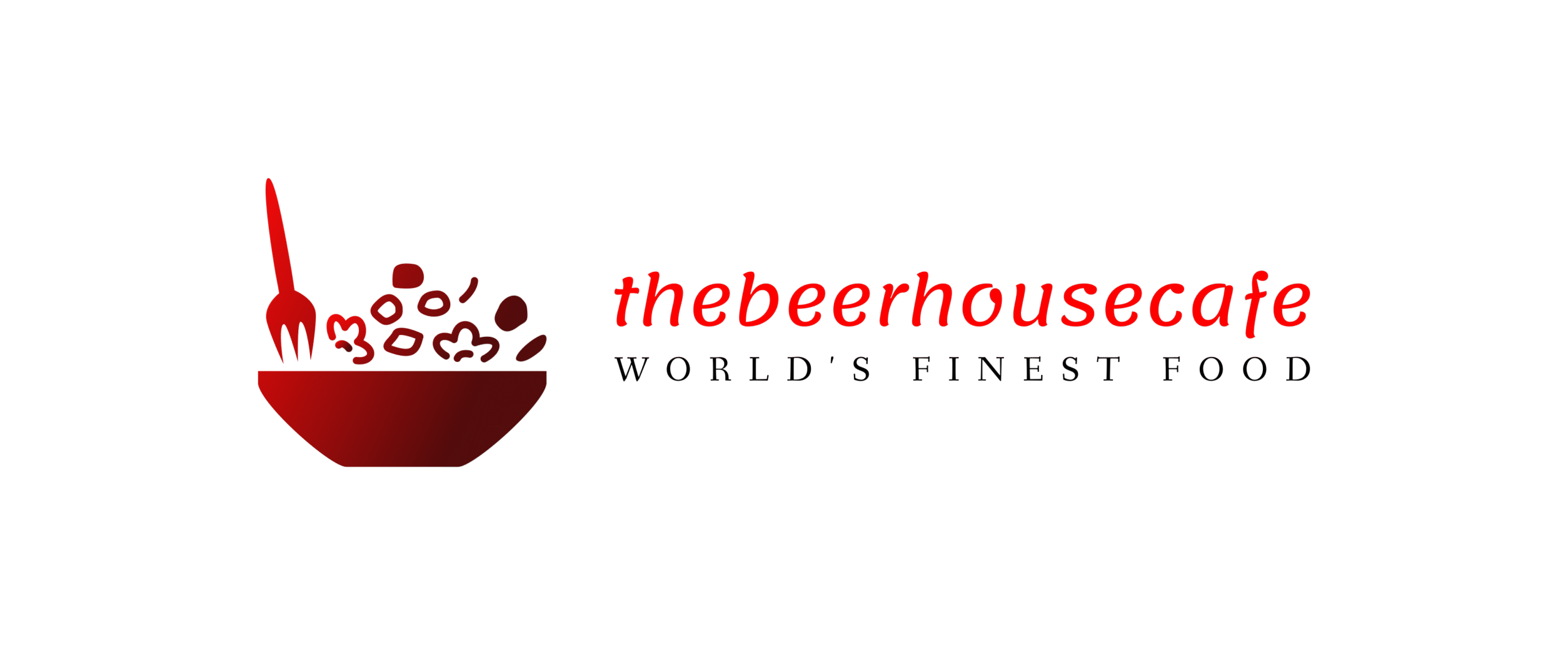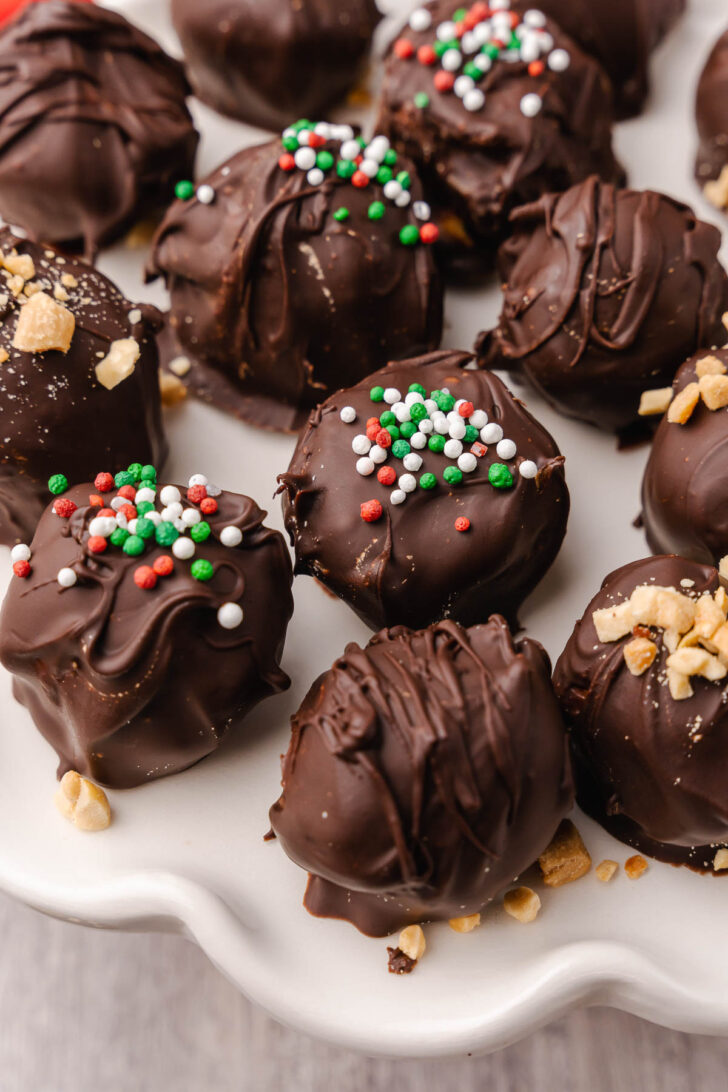Whole Steamed Fish, Garlicky Rice Cakes, and the Luckiest Stir-Fry
For Hsiao-Ching Chou, author of Chinese Soul Food and Vegetarian Chinese Soul Food, Lunar New Year is the best holiday there is. It’s the one she most looks forward to, because her whole family usually gathers together for the feast. Though the pandemic means that Lunar New Year will look a little different this time around, Chou is committed to keeping certain traditions alive.
“I won’t be able to have my entire family come to my house, which will be tough, but I’ve been thinking about a way to still mark the celebration,” Chou tells me over the phone. “I might make dumplings and deliver them to everyone’s houses—because ultimately, that’s what the kids enjoy the most: dumplings, green onion pancakes, spring rolls, and red envelopes filled with money.”
“Carrying on any family tradition is about bringing the family together,” Chou says. This year, with distanced gift-platter drop-offs, “we’ll do that, but do it apart,” Chou says. The goal remains the same: to wish people well in the new year. After all, she adds, “even in non-pandemic times, if you lived in a village, you would visit each household to wish them good fortune for the year.”
After making her deliveries, Chou plans to enjoy some of her favorite Lunar New Year dishes at home. Here’s what’s on the menu.

Lucky 8 Stir-Fry
“Eight is a lucky number in the Chinese culture, especially at the Lunar New Year,” Chou writes in Vegetarian Chinese Soul Food. “The Chinese word for eight is a homophone for prosperity, so numbers with consecutive eights in them represent big money.” This vegetarian stir-fry is symbolic, but also flexible. Chou says that you can swap the lily flowers for bamboo shoots, or swap the cabbage for bok choy—it’s the number of ingredients that’s important. Any combination of eight ingredients represents “good luck, prosperity, happiness, family wholeness, and longevity.”
For the best results, Chou recommends cutting the vegetables into thin slices that are all roughly the same size and thickness. This allows all of the ingredients to cook evenly and finish at the same time. “If your vegetables are too thick and too chunky, they won’t cook quickly, and they’ll lose some of their texture,” Chou warns. And the layers of texture are the best part of the dish, she says.
Lucky 8 Stir-Fry
Steamed Fish With Ginger and Scallions
What matters most here is that you serve a whole fish, but the exact type is flexible: “It could be a smaller one or a bigger one—but it has to be a whole one,” Chou says. “Just make sure it’ll fit in your steamer.”
She says that the combination of ginger and green onion pairs well with many types of fish, whether they’re lighter in flavor, like striped bass, or more robust and oily. The aromatics act “as a nice counterpoint to the fish and help to balance all of the flavors.”
Chou points out one truly essential step: scoring the fish’s flesh before cooking. “This helps it steam more quickly, and it also creates openings that you can stuff with the onions and aromatics,” Chou says. “And when you add the sauce, that sauce trickles in too. Scoring simplifies the cooking process and adds more flavor.”
It’s customary, when serving, to point the head toward the most distinguished person at the table. And “when one side of the fish has been picked clean of flesh, do not turn the fish, which symbolizes flipping a boat or ship,” Chou writes in Chinese Soul Food. “Simply lift the tail and the carcass will separate itself from the bottom half of the fish.”
Steamed Fish With Ginger and Scallions
Rice Cake With Mixed Vegetables
Chou loves how this dish feels warm and comforting, but also fresh. “The sliced rice cakes have a sticky, chewy texture that’s very soothing,” she says. You can find rice cakes in different shapes, like marbles or batons, but Chou prefers the sliced variety, because they have more surface area for soaking up the savory, garlicky sauce. “You can spice it up if you want,” Chou says, or choose different vegetables. “It just depends on what you like.”
There’s symbolism in the rice cakes too: their Mandarin name, nian gao (or “sticky cake”), is a homophone for nian, which means “year”—and gao, which means “tall” or “high.” “When you stick all those years together or pile on the years,” Chou says, “you’re wishing people longevity and lots of good luck.”
Rice Cake With Mixed Vegetables
Originally Appeared on Epicurious










